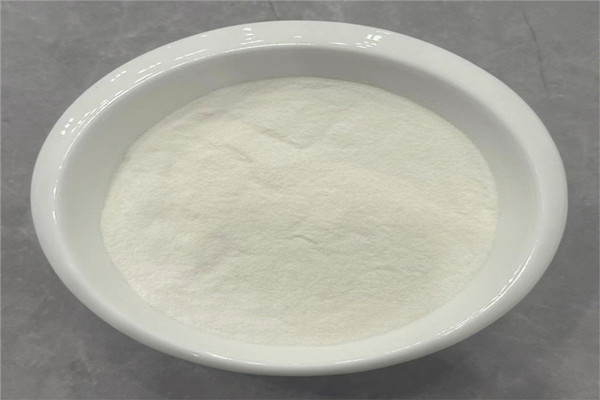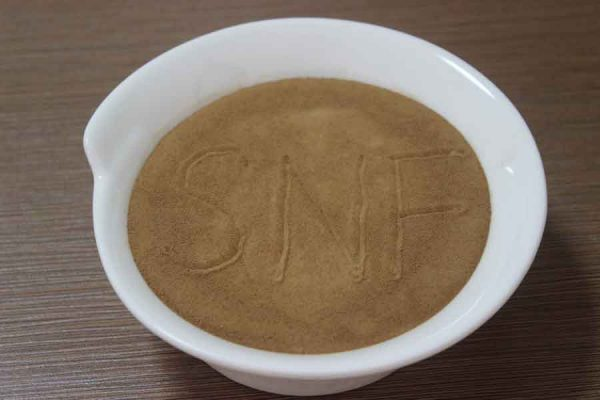1. Product Overview
Sodium Lignosulfonate (SLS) is a natural anionic surfactant derived from sulfonated lignin, a byproduct of the paper industry. As a renewable, biodegradable polymer, it is widely used in concrete admixtures, dye dispersants, ceramic deflocculants, and oil drilling additives. In construction, it serves as a cost-effective water reducer and set retarder, offering both economic and environmental benefits.
2. Key Properties & Specifications
1. Physicochemical Characteristics
| Parameter | Specification |
|---|---|
| Appearance | Brown-yellow powder/liquid |
| pH (10% solution) | 8.0-10.0 |
| Water Solubility | Highly water-soluble |
| Molecular Weight | 2,000-50,000 Da |
| Sulfonation Degree | ≥1.8 mmol/g |
2. Functional Advantages
✅ Water Reduction – Lowers water-cement ratio by 10-15%, enhancing density
✅ Retardation – Extends initial setting by 1-3 hours (ideal for hot climates)
✅ Eco-Friendly – Biodegradable, sourced from recycled paper pulping waste
✅ Cost Efficiency – Priced 50-70% lower than synthetic alternatives
3. Primary Applications
1. Concrete Admixtures
Standard water reducer for ≤C40 concrete (dosage: 0.2-0.5%)
Retarding agent in blends with sodium gluconate for slump retention
Binder enhancer for bricks/gypsum boards
Case Study: A high-speed rail project achieved:
20kg cement savings per m³
12% higher 28-day compressive strength
15% lower construction costs
2. Dye & Pesticide Dispersant
Prevents agglomeration in dyes (0.5-1.5% dosage)
Key excipient for wettable powder (WP) pesticides
3. Oilfield Chemicals
Filtration control agent in drilling fluids (stable to 120°C)
Enhanced oil recovery (EOR) surfactant
4. Emerging Uses
Ceramic binder – Reduces cracking during drying
Lead-acid battery additive – Extends cycle life
4. Comparison with Synthetic Alternatives
| Criteria | Sodium Lignosulfonate | Naphthalene-Based | Polycarboxylate Ether |
|---|---|---|---|
| Source | Renewable (lignin) | Petroleum-based | Petrochemicals |
| Biodegradability | High | Low (contains formaldehyde) | Moderate |
| Cost (USD/ton) | 450-750 | 900-1,200 | 1,500-2,200 |
| Concrete Grade | C15-C40 | C50+ | SCC/UHPC |
Conclusion: SLS is the most sustainable and economical choice for rural infrastructure and mass construction projects.
5. Production & Quality Control
1. Manufacturing Process
Lignin extraction from paper pulping black liquor
Sulfonation with sulfites under high pressure
Neutralization & purification to remove impurities
Spray drying to powder or liquid concentrate
2. Critical Quality Metrics
Sulfonation degree (HPLC-tested) – Dictates solubility
Ash content ≤8% – Impacts water-reducing efficiency
Sugar content ≤5% – Excessive sugars delay setting
6. Market Trends & Innovations
High-Purity Modifications – Lower MW for better PCE compatibility
Hybrid Admixtures – Combined with silica fume for UHPC
Carbon Sequestration – Certifiable CO₂ fixation (2.5 tons/ton SLS)



